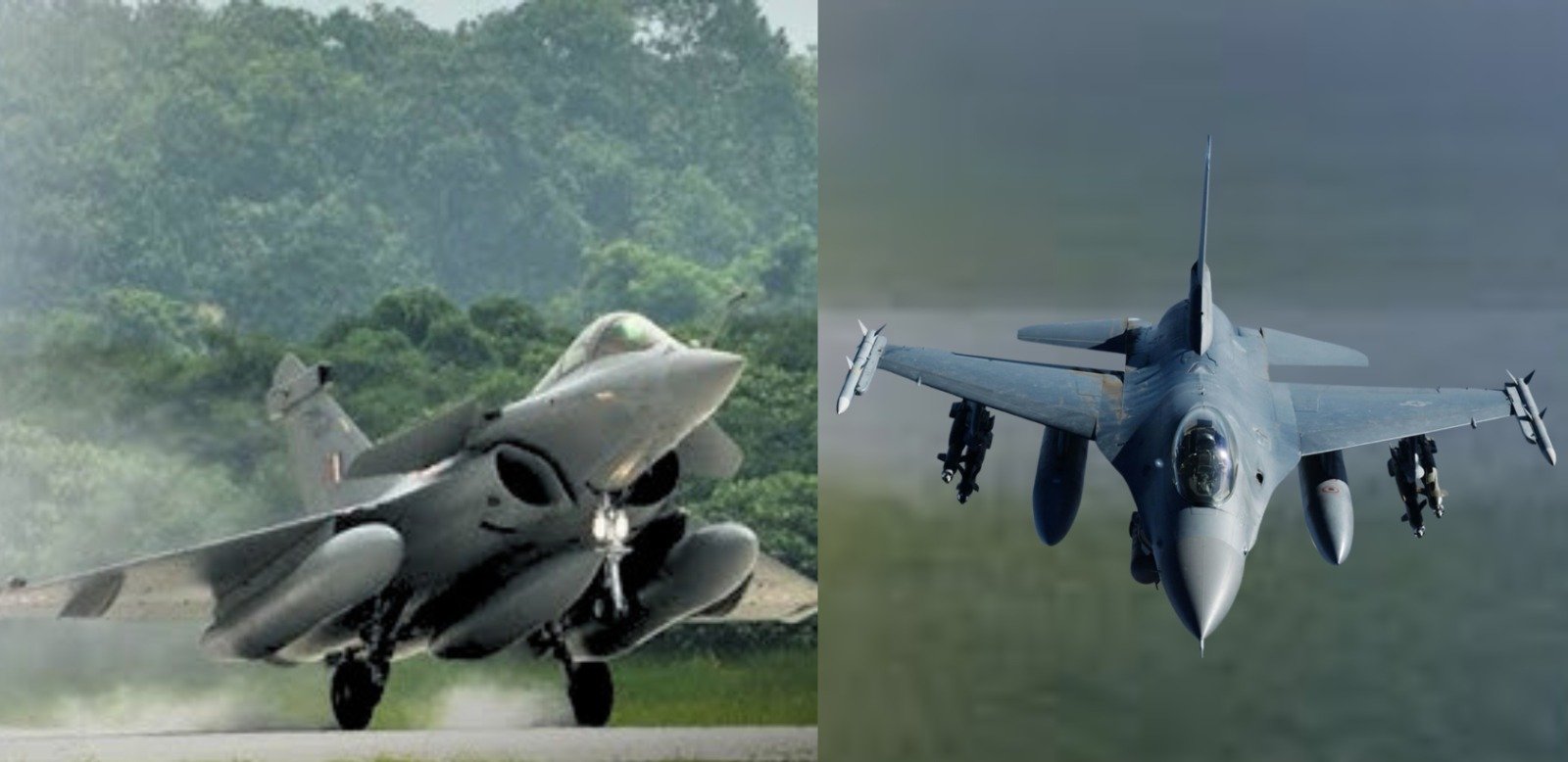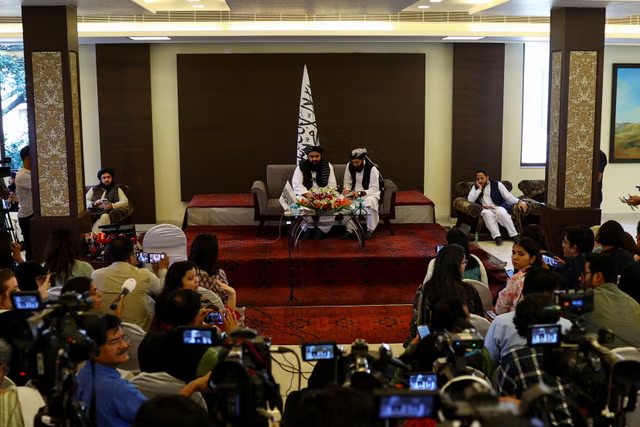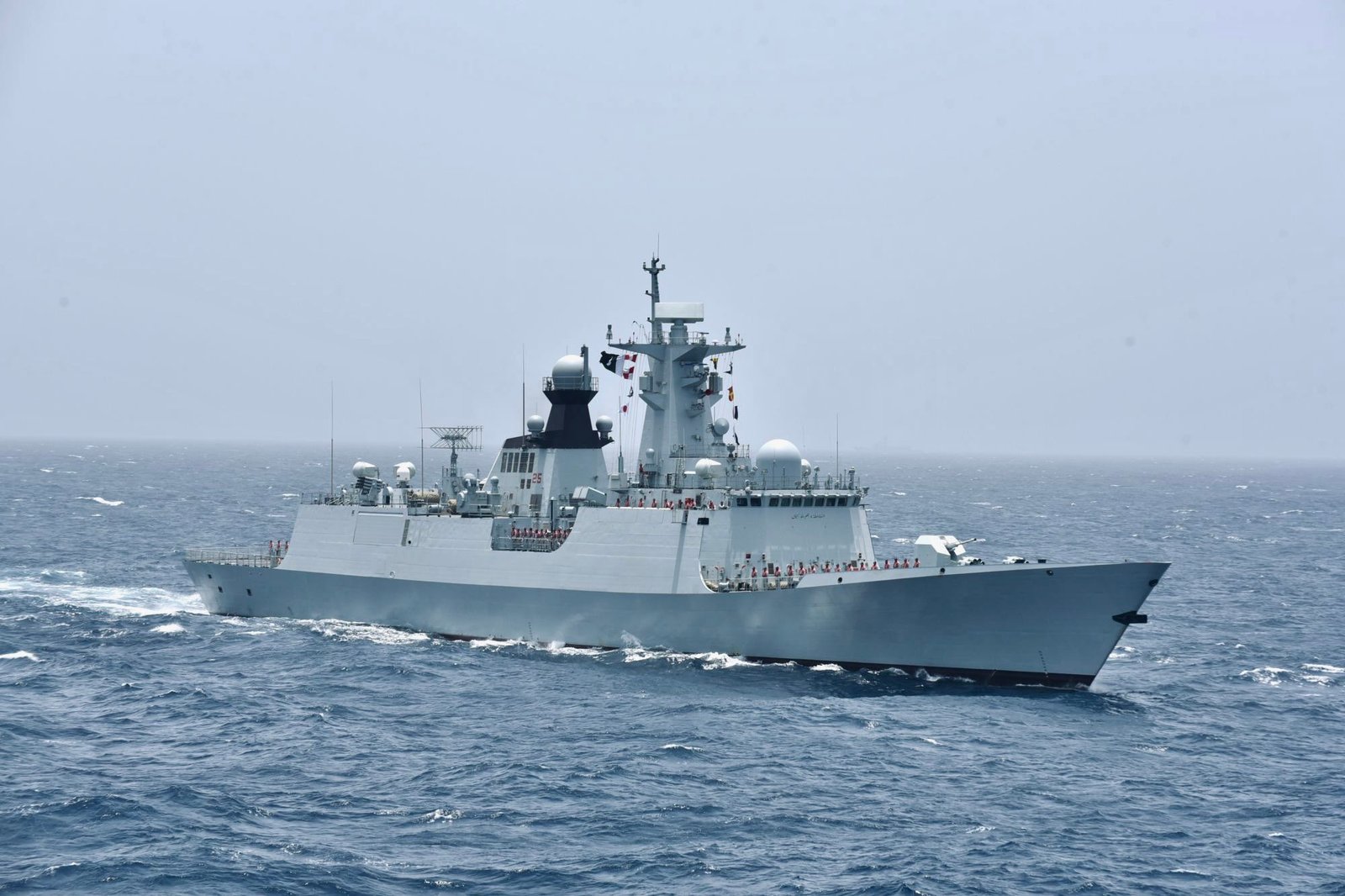Face-off in South Asian Skies: Indian Rafale vs Pakistani F-16 — Which Fighter Jet Is More Lethal?
During Operation Sindoor, India used its Rafale fighter jets to strike nine locations in Pakistan and Pakistan-occupied Kashmir. If Pakistan were to retaliate, it would likely deploy its F-16s to counter the Rafales. But how do these two fighter jets compare in terms of power and capabilities?
Face-off in South Asian Skies: Indian Rafale vs Pakistani F-16 — Which Fighter Jet Is More Lethal?
Face-off in South Asian Skies: Indian Rafale vs Pakistani F-16 — Which Fighter Jet Is More Lethal?
During Operation Sindoor, India used its Rafale fighter jets to strike nine locations in Pakistan and Pakistan-occupied Kashmir. If Pakistan were to retaliate, it would likely deploy its F-16s to counter the Rafales. But how do these two fighter jets compare in terms of power and capabilities?
India’s Rafale jets are manufactured by Dassault Aviation of France, whereas Pakistan’s F-16 Fighting Falcons are made by the American firm General Dynamics (now Lockheed Martin).
The Rafale is a 4.5-generation fighter jet, while the F-16 is classified as a 4th-generation aircraft. The Rafale is twin-engine, whereas the F-16 is single-engine.
According to WION, the Rafale features partial stealth design, making it harder to detect on radar. It is equipped with an advanced AESA radar (RBE2-AA).
The Rafale carries Scalp (Storm Shadow) missiles and HAMMER precision-guided bombs.
India’s Rafales have 13 India-specific upgrades, including the Meteor Beyond Visual Range (BVR) missile, an advanced electronic warfare system, upgraded communication systems, and radar enhancements.
The SPECTRA electronic warfare suite on the Rafale is considered world-class. It includes active jamming, threat detection, radar countermeasures, and surface-to-air missile defense.
According to the Eurasian Times, the Rafale can detect up to 40 targets at a distance of 145 km and can jam or deceive enemy radars, making it difficult for F-16s to track it.
The Rafale is also being integrated with the X-Guard fiber-optic towed decoy system, which protects it from air-to-air and surface-to-air missile threats.
On the other hand, Pakistan’s F-16s are armed with AIM-120C5 AMRAAM missiles and JDAM (Joint Direct Attack Munitions).
Who holds the advantage?
Experts largely agree that the Rafale is significantly more advanced than the F-16.
At one time, Pakistan's AMRAAM missiles were a concern for India. However, the Rafale’s Meteor BVR missile has changed the game.
The Meteor’s "no-escape zone" is the largest among BVR missiles — once a target enters its range, escape becomes highly unlikely.
The Meteor has a range of 120 km, while the AMRAAM’s range is about 100 km.
Though the F-16 is effective in dogfights, the Rafale’s air superiority and electronic warfare capabilities give it a distinct advantage in long-duration combat.
Its stealth features and AESA radar give Rafale the ability to strike first, which is a crucial factor in air warfare.
According to India Today, Pakistan’s fleet of about 75 F-16s faces challenges in terms of maintenance costs and U.S. restrictions.
These U.S. regulations limit Pakistan's F-16s to defensive use only.
In contrast, India faces no such operational restrictions on its Rafale fleet.
So far, Rafales and F-16s have not faced each other in actual combat, though they have participated in NATO exercises.










